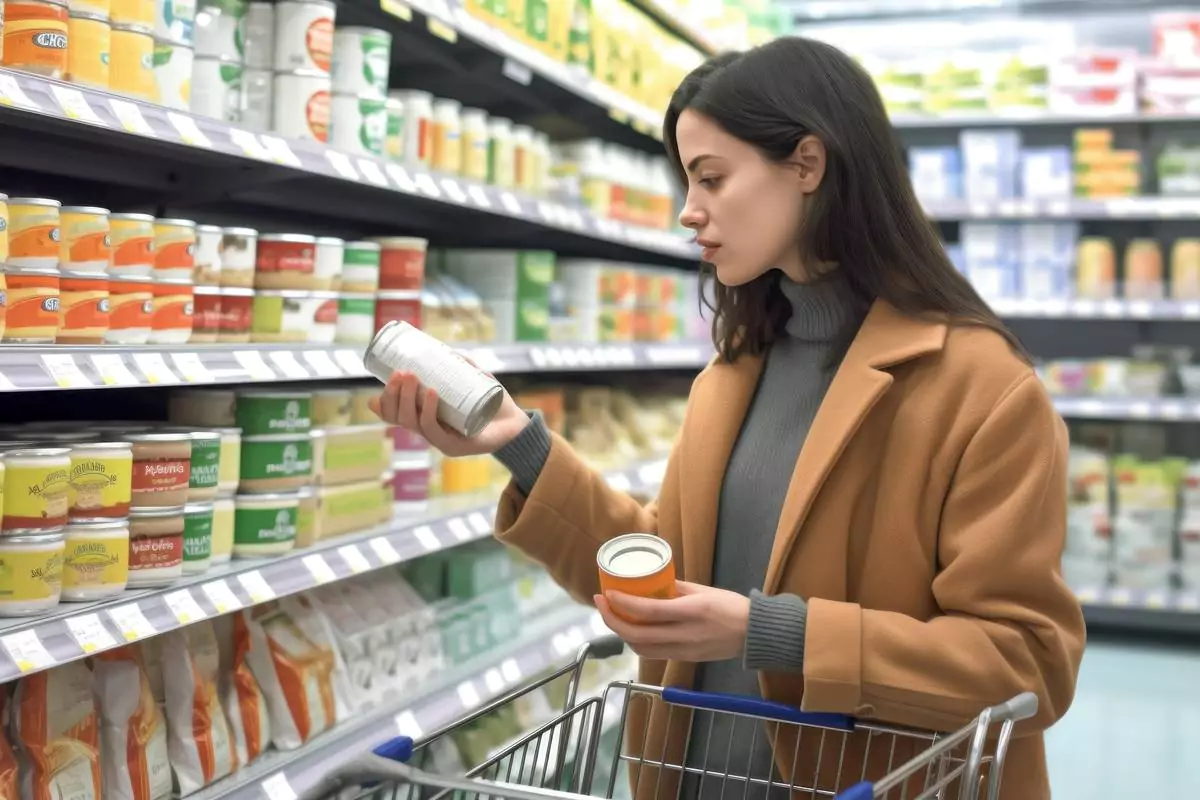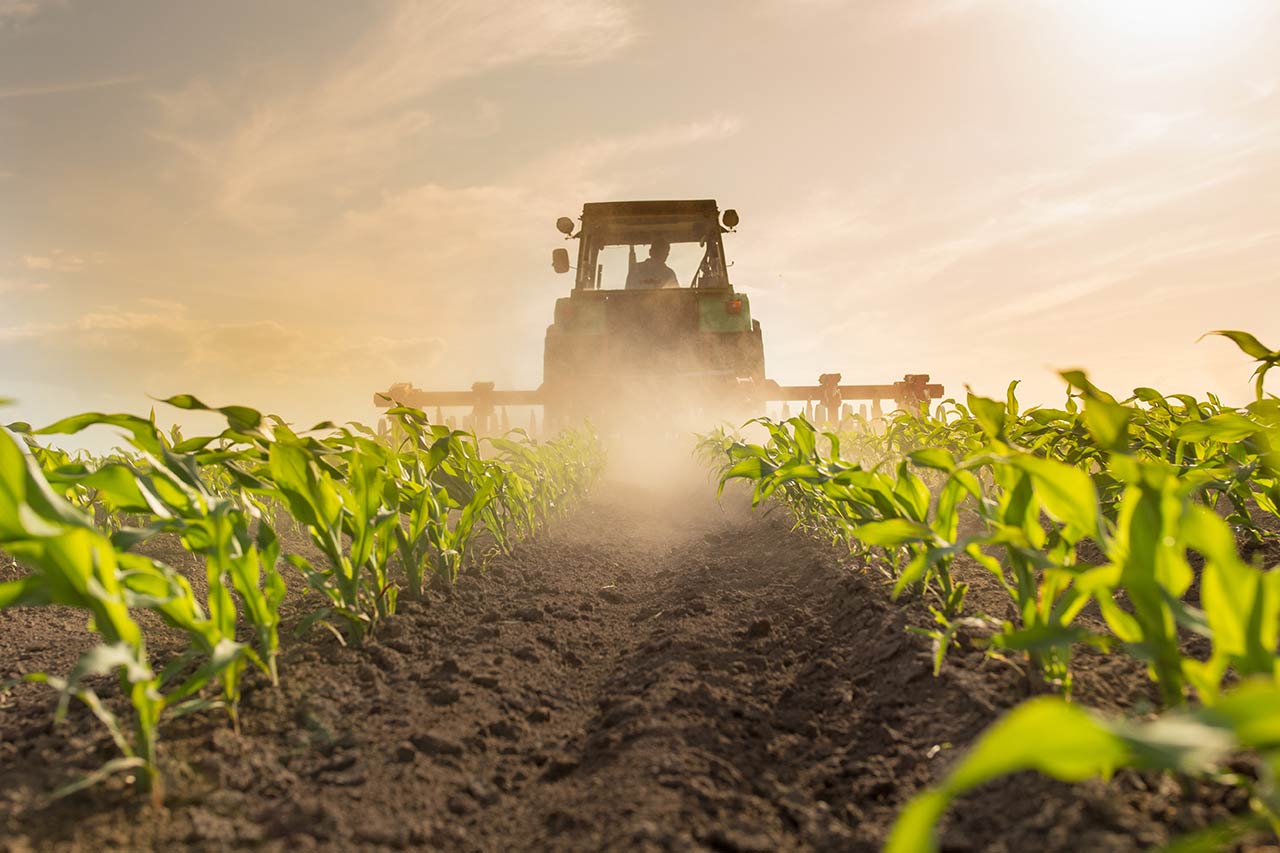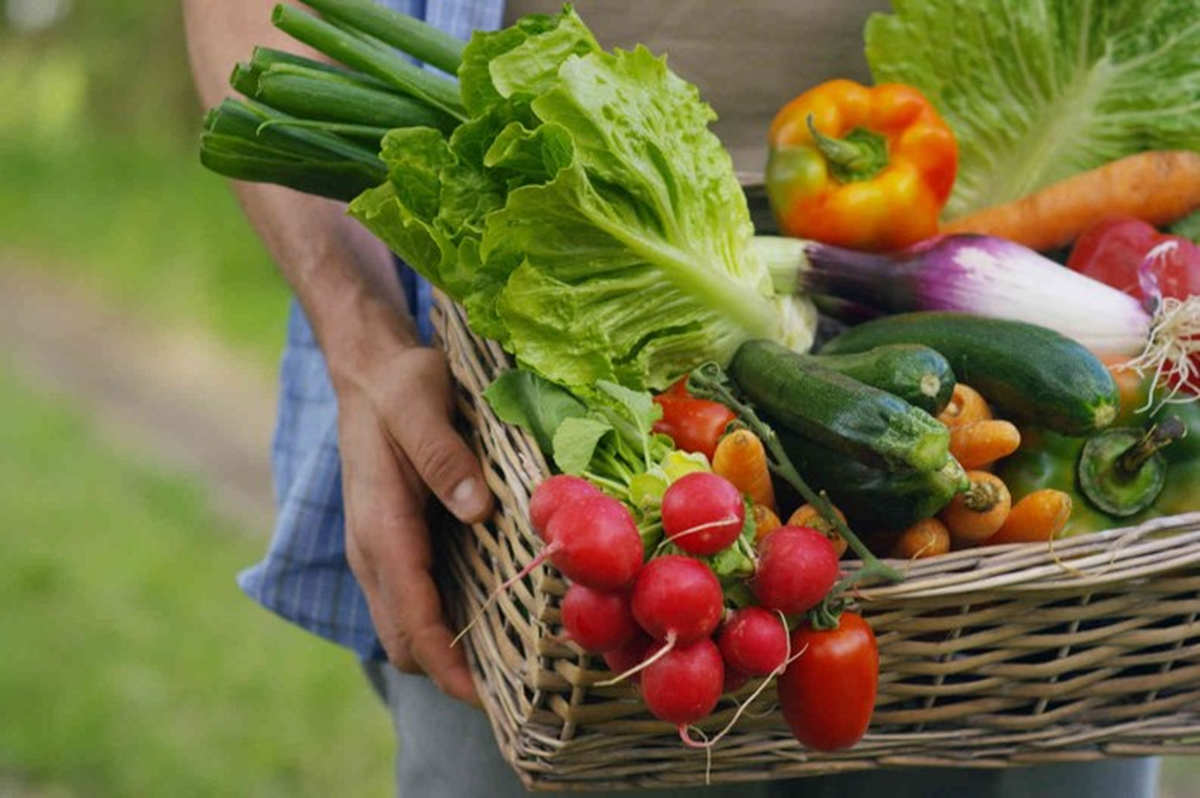What are the European food labels?
Protected Designation of Origin (PDO)
The Protected Designation of Origin (PDO) is a European acronym created in 1992 to protect the name of a product that has been produced, processed and developed in a specific area, with recognized and verified know-how. PDO-labelled products are generally linked to “terroir”. European PDO can be identified by a compulsory logo and is governed by EU regulation n°1151/2012. It also guarantees fair competition between producers of those PDO-labeled products, and informs consumers that the products bearing this logo comply with all the conditions of production, food safety and origin specified in this designation. This regulation applies to certain agricultural products and food with a link to their place of origin, such as wine and cheese, like Comté in France.
Protected Geographical Indication (PGI)
Created in 1992, the PGI label refers to products whose quality or reputation is linked to the place where they were produced, processed or developed. At least one stage of production must take place in a specific geographical area. This food label governed by EU regulation n°1151/2012 initially applied to the agricultural and agri-food sectors, and has been extended to wine since 2009. Aceto Balsamico di Modena balsamic vinegar from Italy is one of the examples benefiting from this label. The protection of this product concerns its grapes, which can only come from 7 typical vineyards, listed in the Production Regulations, and whose production is strictly codified.
Traditional Speciality Guaranteed (TSG)
The third food label is Traditional Speciality Guaranteed (TSG). This acronym designates products whose ingredients or means of production have a traditional component, with no particular link to a specific “terroir”. Traditional methods and ingredients are recognized and promoted. It was also created in 1992, and is governed by the same regulations as PDO and PGI. About fifty products bear this label, including Serrano Ham in Spain.
Organic farming (AB –“Agriculture Biologique”) for eco-responsible practices
Organic farming is an agricultural production system that emphasizes respect for life and natural cycles. It guarantees production favoring agrosystem and biodiversity, while prohibiting the use of fertilizers, synthetic pesticides and GMOs. Organic farmers use techniques such as crop rotation, green manure, composting, biological control and mechanical weeding to maintain soil productivity and control pests and diseases. Organic farming is governed by EU regulation no. 834/2007 of June 28, 2007. To bear the AB label, a product must contain a minimum of 95% certified organic ingredients. Consumers can recognize organic farming products by the European “euro leaf” label, mandatory since July 1, 2010.
5 current challenges to overcome by food manufacturers to obtain and keep European food labels
Challenge n°1: following lengthy and costly labelling procedures
The first link the chain of labelling procedures is the agricultural sector. Offering a product with a food label, such as organic, requires having a certified organic farm, and this is neither easy nor automatic. Having a farm certified requires several stages of validation and adjustment on the farmers’ end. First of all, an initial validation stage is necessary to ensure that the farm can move towards this goal. Next, a conversion period begins, during which products cannot yet be labelled organic and are sold through industrial agriculture networks. Finally, after an average period of 24 months, and of 30 months for livestock farms, the organic label can finally be obtained.
European certification for an organic product is free, but inspection fees are required. This cost varies depending on the type of activity, the size of the farm and the type of activity inspected. On average, the cost of an organic certification is 0.5% of the finished product price. However, for many small producers, this cost can be too high, and many are unable to use the “AB” logo on their products, even if they comply in theory with all of the specification clauses.
Challenge n°2: meeting consumers’ increasingly high expectations
Consumers’ expectations are higher and higher when it comes to quality and ethics, and prefer labelled products and services that meet social, environmental and safety criteria. However, faced with the multiplicity of food labels on the market, consumers can get lost and competition is increasingly tough: national labels, European labels, “terroir” products, home-made products, sustainable fishing… it’s sometimes hard to navigate. In addition to satisfying consumers, companies are now faced with the challenge of guiding them and helping them to understand the real added value of the label attached to a product.
Challenge n°3: adapting to climate change to ensure production complies with guidelines
Apart from competition and even-stricter consumer demands, food labels are directly linked to agriculture, which is itself linked climatic hazards. The specifications for these labels require very specific conditions for farmers.
However, recent climatic conditions have impacted this type of specification and led to changes in the criteria to obtaining the food label. Derogations have been granted allowing products to keep their label regardless of exceptional circumstances. The summer 2022 drought, in particular, caused a lack of water, and excessively high temperatures jeopardized grass production: animal farmers were unable to comply with PDO and PGI specifications on grazing time and minimal share of grass in the diet. Given completely dry pastures, a supplement of hay and silage had to be given or the grazing period had to be reduced. Farmers also had to be allowed to source their feed outside of the approved area.
Dairy farmers, among others, are aware that climate change will have an increasingly severe impact on their business. As a result, manufacturers and regulatory agencies are reflecting on the changes needed to adapt to this situation, while preserving the unique characteristics of their products.
Discover how to implement a climate resilience strategy >
Challenge n°4: monitoring changes in the European labelling process following the war in Ukraine
Due to the current geopolitical situation and the war in Ukraine, the European Union recently decided to make the newly enforced organic regulations at the beginning of 2022 more flexible for the pig and poultry sector. Ukraine is one of the EU’s main suppliers of organic protein feed for livestock. Unfortunately, Russia’s invasion of Ukraine has cut off this source of supply. The European Commission has authorized a temporary derogation for member states, allowing the use of non-organic feed for a period of one year, starting on February 24, 2022, the date the war in Ukraine started. In France, discussions are underway to allow the use of non-organic feed for animals, but with a maximum limit of 5% of their food intake.
Challenge n°5: taking into account the consequences of Brexit for the validity of European food labels in the UK
In 2000, there were around 25 PDOs and PGIs in the UK, ranging from Herefordshire cider to Newcastle beer and Welsh lamb. These labels bring recognition to local gastronomy and help discovering and preserving the country’s culinary heritage, while preventing usurpation and promoting exports.
Many producers and manufacturers got scared when Brexit was announced. Leaving the EU raised several questions about the future of food labels, for example:
- Is it possible to keep European logos on current products?
- How to avoid competition and counterfeit on the market?
- How to maintain the export of these products with European logos in a zone that is no longer European?
After extensive discussions, including the possibility of removing the famous logos from products, it was decided that all products labelled with a European logo before December 31, 2020 could keep it.
From that date, however, only new Geographical Indication applications filed before Brexit will be protected in both the European Union and the UK. New applications will no longer benefit from automatic protection in both countries, but will have to be filed separately with the UK and EU authorities to be protected.
Food labels are ubiquitous and guarantee a quality product in terms of both nutrition and taste. They bring added value to the market and diversification from the competition. However, these labels are closely linked to agriculture and farmers. Faced with the climate change and geopolitics, as well as increasing consumers’ expectations, food labels have had to evolve and adapt, and will need to be agile in the future.
This new context raises a number of questions: Is there a future for labels despite the uncertainties linked to climatic and political events? How can consumer’s trust be maintained despite recent derogations and exceptions directly affecting the product? How can manufacturers adapt their offerings to face new challenges? Alcimed’s specialized team can help you with all your projects relating to food labels and, more generally, your agri-food and agricultural projects. Don’t hesitate to contact our team!
About the author,
Clara, Consultant in Alcimed’s Life Sciences team in Switzerland



